Parallelism ‘ or parallel structure ‘ is described as using a pattern of words (such as verbs or adjectives) to demonstrate similar words in a sentence where all elements within the sentence are of equal importance. This is opposed to listing items in terms of importance. It is a particularly easy concept to understand but examples are painfully sparse, even on linguistics websites that you might expect to be full of famous quotes to effectively demonstrate what it means in working practice. Here is a list of ten of the most famous examples of parallelism.
1. Hail Caesar

Gaius Julius Caesar, the man who allowed ancient Rome to move from a Republic to an Empire is known for one of the most famous examples of parallelism. The phrase ‘Veni, vidi, vici’ which roughly translated means ‘I came, I saw, I conquered’ demonstrated that arriving, seeing and then conquering were equally important elements. Reports on its use are mixed. It was firstly applied to the Britons but of course Britannia would not be conquered during his lifetime. It was also used in a campaign in Pontus.
2. Thatcher of Assissi

Quoting Francis of Assissi, Margaret Thatcher upon her election as the first female British Prime Minister in 1979 said: ‘Where there is discord, may we bring harmony. Where there is error, may we bring truth. Where there is doubt, may we bring faith. And where there is despair, may we bring hope.’. There had been several years of discord following a disastrous Labour government and Thatcher felt this example of parallel structure was an appropriate speech ‘ it is the one speech that marked her ten years as Prime Minister
3. Mark Twain
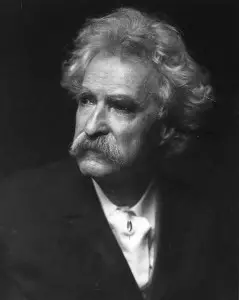
‘There are lies, damned lies and statistics’. This example of a tricolon parallel structure (three parts) was most famously spoken by the classic American writer Mark Twain but was quoted by another British Prime Minister ‘ Benjamin Disraeli. The case is made that statistics are equally as bad as lies of any flavour. It was intended perhaps in jest yet the way that statistics can be manipulated by media, politicians and other groups continues to demonstrate the statement’s veracity.
4. JFK Inauguration Speech
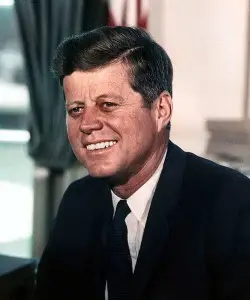
The famous speech given by John F. Kennedy at his inauguration speech went ‘Ask not what your country can do for you, ask what you can do for your country.’ This particular example makes good use of the effect of using similar words (or in this case identical) and switching them around to create a wholly different argument. The phrase is amongst JFK’s most famous phrases alongside his ‘we choose to go to the moon’ speech which is not an example of parallelism.
5. Samuel Johnson
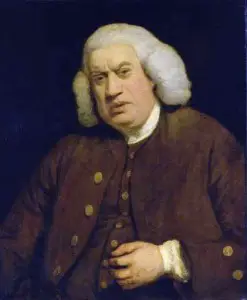
In a similar example to the one above, Samuel Johnson gave this speech: “If you are idle, be not solitary; if you are solitary, be not idle.” A famous poet and writer who made a substantial contribution to the writer language, he is also credited with the creation of the English language’s very first dictionary. The quote appeared in the third volume of his biography and was reportedly sent by him to his dear and trust biographer James Boswell. It is believed to refer to the depression of a colleague and a possible remedy of treatment for the condition.
6. Winston Churchill
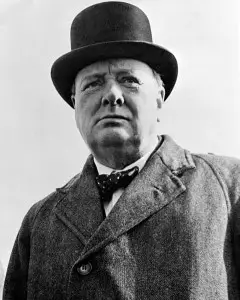
Known as a fine orator in life, the Prime Minister who led Britain during the Second World War produced many written words to inspire; he also said many words that have become famous. This is a prime example of his use of parallel structure in a sentence: “The inherent vice of capitalism is the unequal sharing of blessing; the inherent virtue of socialism is the equal sharing of miseries.” Here he is drawing comparisons between the unfairness rife in both socialism and in capitalism ‘ admitting that neither system is perfect.
7. The Bible

Antithetical parallelism is defined as contrasting two parts of a sentence: if you do A, then X will happen; but if you do B then Y will happen’. There are many good examples of this type of sentence within the Bible for example. The most often quoted phrase is Psalm 34:10. It goes: ‘The young lions lack and suffer hunger; but those who seek the LORD shall not lack any good thing.’ The point is to clarify two exact opposites of action and inaction.
8. Martin Luther King
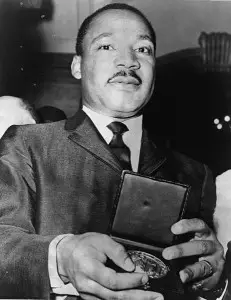
Considered a great orator and adopting the method of parallelism succinctly, some confusion exists over whether ‘I have a dream’ is parallel structure. In isolation as a sentence that is most often quoated, it is not. Yet the Reverend goes on to repeat the phrase throughout his entire speech. ‘I have a dream that one day this nation will rise up’¦ I have a dream that one day on the red hills of Georgia’¦ I have a dream that one day even the state of Mississippi’¦’ and the speech carries on in this vain making it one of the longest and most famous examples of parallelism.
9. Eleanor Roosevelt
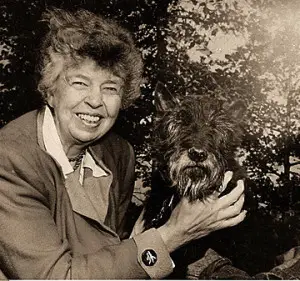
In an observation that applies today to our age of celebrity culture, the famously outspoken First Lady delivered a short and succinct statement on what people think and talk about. ‘Great minds discuss ideas. Average minds discuss events. Small minds discuss people.’ Though she is grading groups of people by intellect, each set of people is assigned a generalised point so that a comparison may be made ‘ hence the parallelism in drawing ‘A does X, B does Y and C does Z’.
10. Charles Dickens
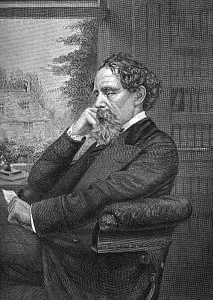
The prolific English Victorian writer used parallelism in of his most famous novels: ‘It was the best of times, it was the worst of times, it was the age of wisdom, it was the age of foolishness, it was the epoch of belief, it was the epoch of incredulity, it was the season of Light, it was the season of Darkness, it was the spring of hope, it was the winter of despair.’ What makes it a parallelism is the persistent comparisons on a theme.
Conclusion
To finish on an example of parallel structure: Parallelism is used as an effective literary and rhetorical device to effectively convey an importance, explain an idea and to draw a comparison. It makes the listen sit up and take note. It is effective because it often appears to reel off a list and lists stick easily in the mind.










October 30, 2019 4:15 pm
Communication device